- What is LuLaRich?
- Who Are LuLaRoe?
- Where It All Went Wrong
- Final Thoughts on LuLaRich
- Is LuLaRoe Still in Business?
- Thinking of Joining an MLM?
We all know someone who, overnight, has turned their social media profiles into a non-stop advertisement filled with emojis and hashtags like #BossBabe and #SquadGoals. Suddenly, a woman you haven't spoken to since the 8th grade is bombarding you with messages about an unbelievable opportunity to earn six figures from home.
Yes, your "friend" has joined a multi-level marketing scheme (MLM), and she wants you to join her team of "Girl Bosses." She tells you it's the easiest money you'll ever make—as long as you're willing to put in the hard work.
When you ask about the salary, you're told your earning potential is limitless, as who wouldn't want to buy multiple pairs of "buttery soft" leggings with imaginative prints. You just need to buy your initial LuLaRoe inventory, and the money will start rolling in.
STOP RIGHT THERE! The image those working for MLMs, like LuLaRoe, present through their social media pages is always super positive. It seems so easy, but on social media, we only see one side of the story.
Rarely do we get a glimpse 'behind the veil' of MLMs, but thanks to Amazon Prime, we get to see how MLMs really operate, specifically LuLaRoe with their 4-part documentary LuLaRich.
What is LuLaRich?
Created by filmmakers Jenner Furst and Julia Willoughby Nason, LuLaRich chronicles the rise and fall of the MLM company. It features exclusive interviews with retailers, employees, and more, which reveal how things went wrong in a spectacular fashion...pun intended.
We also get some insights from LuLaRoe founders Mark and DeAnne Stidham, who seemingly had a response for any complaint. From the accusations that retailers were encouraged to sell their breastmilk to raise funds needed to start to claims that the leggings began to blow apart at the seams at the slightest touch.
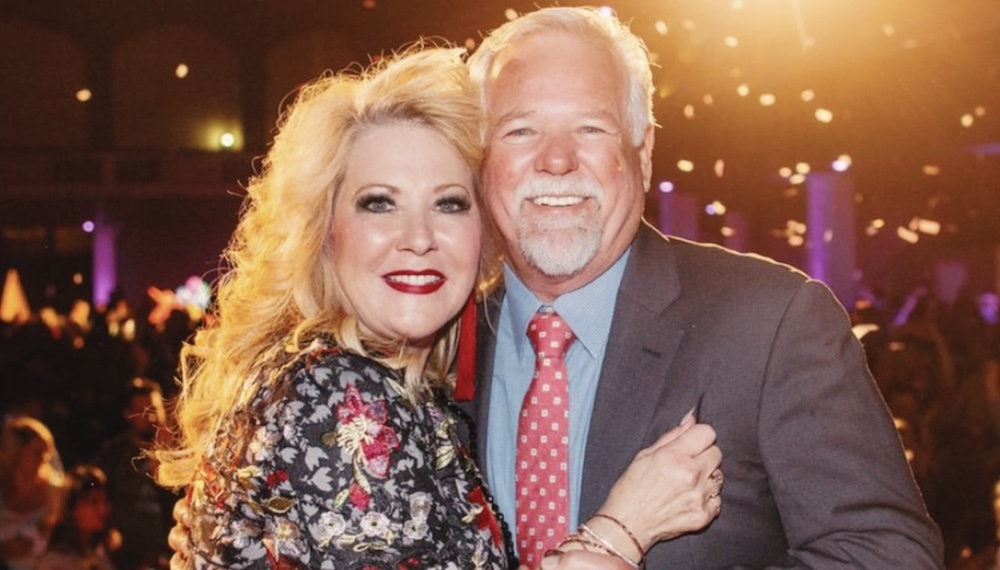
The founders' broad smile and relaxed demeanor relayed confidence. However, the pair seemed to incriminate themselves every time they opened their mouths—not just as they talked to the camera but also during their recorded depositions during the infamous State of Washington vs. LuLaRoe court case. At times it was comical, and at others, it demonstrated their astonishing ego and total disregard for those they harmed.
So, what else did we learn about LuLaRoe and pyramid schemes from LuLaRich?
Who Are LuLaRoe?
Founded by DeAnne and Mark Stidham, women's apparel company LuLaRoe was famed for its comfort and exuberant prints (at the beginning at least). DeAnne, who named the company after her three eldest granddaughters, started the business by selling maxi skirts out of the trunk of her car in 2012.
In mid-2014, the "buttery-soft" leggings were added to the product line, which saw an influx of sales and distributors. As an MLM, sales of the company's clothing were sold through consultants, who purchase inventory wholesale through the LuLaRoe website, with initial startup costs ranging between $5,000 and $10,000.

There are two potential revenue streams for consultants:
- Direct sales of LuLaRoe products to customers via social media, pop-up boutiques, or parties.
- Commission based on sales made by those in your "downline," i.e., those you've recruited to sell LuLaRoe.
The Stidhams didn't find their success in running a consistent and easily scalable business but from selling a dream. The dream is to work from home, set your own hours, and support your family by running your own business. So, how did this dream turn into a nightmare for so many at LuLaRoe?
LaShae Kimbrough Benson, Former LuLaRoe EmployeeA lot of people lost their marriages, their lives were in shambles, people were selling breast milk for startup costs—are you kidding me?
Where It All Went Wrong
Just five years ago, LuLaRoe had more than 80,000 independent sellers promoting the company's Technicolor leggings and other garishly-printed clothing via Facebook Live and in-person parties.
By promising stay-at-home moms "full-time money for part-time work," the business skyrocketed to a billion-dollar company in a short space of time, and anyone could get a piece of that pie. It seemed too good to be true, and of course, it was.
It wasn't long before, like most MLMs, the emphasis went from selling to recruiting new consultants, i.e., their own downline. The startup costs of these new recruits traveled up the ranks as "bonus checks."
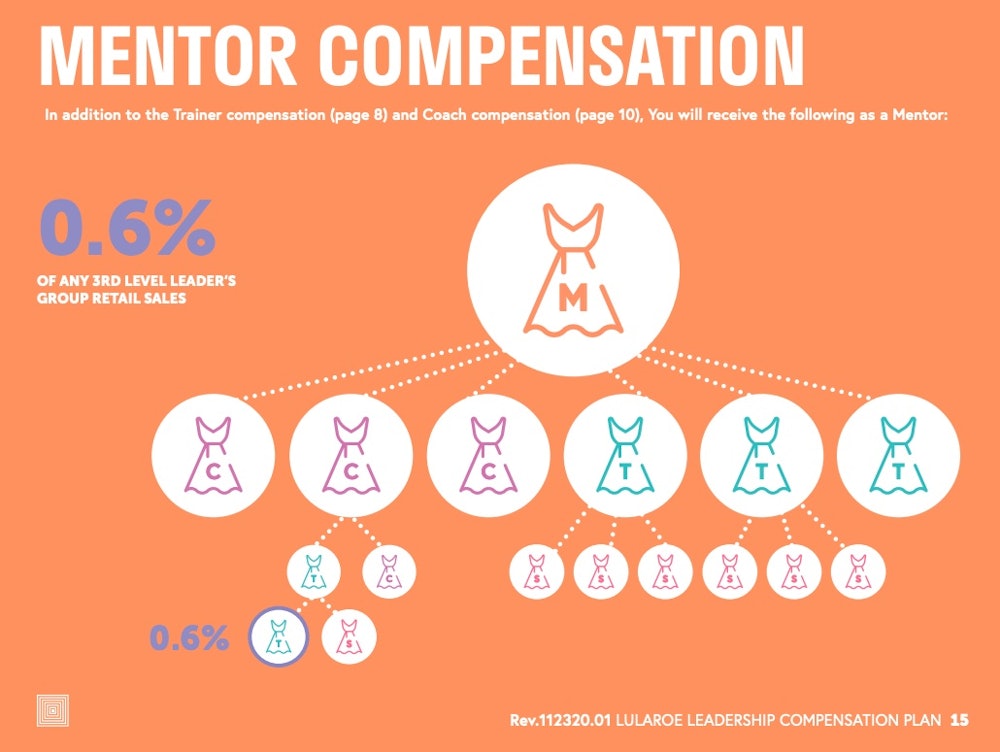
This was great for those who joined early in the company whose downlines edged into the thousands, receiving bonus checks of anywhere from $30,000 to $70,000 a month. The lure of such big recruitment bonuses fueled an already out-of-control recruitment drive.
This unsustainable recruitment of new members caused the cracks to appear as LuLaRoe began to collapse under its own weight. LuLaRich was jam-packed with the harsh realities of being involved with LuLaRoe.
Placed Family in Unsuitable Job Roles
Despite a lack of relevant experience, the Stidhams hired their family members for executive roles at LuLaRoe.
This included Sam Schultz (DeAnne's nephew) as Events Director, who paid $5 million for Katy Perry to perform at a private event, and Kelly Clarkson for a LuLaRoe convention the following year. This was at a time the company was facing multiple lawsuits and owed retailers huge sums of money.
Attempts to Control Retailers' Appearance
Former consultant Courtney Harwood claimed retailers were constantly encouraged to have their hair done and do whatever else it took to look the part of a successful businesswoman. In Courtney's case, that included pressure to have a gastric sleeve operation in Tijuana, Mexico.
Many others were encouraged to have the procedure and were added to the "Tijuana LuLaRoe Skinny's" text chain by DeAnne, who herself had the procedure.
Print Issues
During the documentary, former LuLaRoe designer Illiana Estarellas revealed that at one point, she was required to design 100 prints every day. This inevitably led, not just to copyright issues but also prints that appeared nothing short of obscene when printed onto LuLaRoe's famous leggings, with Illiana herself stating, "They all just look like artistic vaginas."
Iliana Estarellas, Former LuLaRoe DesignerI was making art with a gun against my head.
Quality Control Disappears
Within just a few years, the quality of LuLaRoe's clothing had rapidly declined. Gone were the buttery soft and supportive legging, replaced by paper-thin leggings that apparently ripped apart like wet tissue paper.
Stella Lemberg, Former LuLaRoe ConsultantThe material was changing. The buttery soft legging that I fell in love with was getting thinner.
Other products arrived soaking wet within their packaging, smelling of mold and featuring huge areas of discoloration, rendering them impossible to sell. LuLaRoe was unsurprisingly unsympathetic to the affected consultants, and it was revealed in the documentary that large amounts of inventory were stored outside distribution centers with inadequate protection.
Questionable Refund Policy
Legal MLMs are required to have a buyback policy and prohibit buying new inventory until consultants have sold 70% of their current stock and have at least ten new customers. According to previous consultants, LuLaRoe more than skirted this line.
But that's not all. When sellers on social media highlighted quality control issues, LuLaRoe implemented a new refund policy, where consultants could send back their inventory for a full refund. However, months after this new policy was implemented, many were still waiting for their money back.
Less than six months after offering indiscriminate refunds, LuLaRoe abruptly ditched the policy overnight. The policy changed to just 90% of their money back—retailers had to pay for shipping and handling, along with other stricter stipulations.
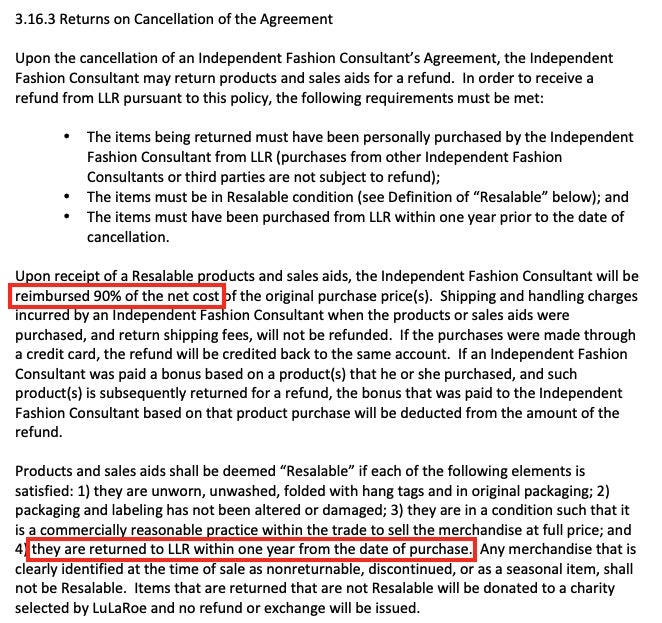
Lawsuits, Lawsuits, Lawsuits
When things started going wrong, dozens of lawsuits against LuLaRoe began rolling in and not just from consultants who felt the company had deceived them.
Courtney Blevin, Former LuLaRoe ConsultantI’m owed approximately $100,000. After I left, everyone was told not to talk to me, to have no association with me or they will be terminated.
Many suppliers also felt that they'd been victimized by LuLaRoe, including its chief clothing supplier, Providence Industries, who sued for nearly $49 million of unpaid bills. The lawsuit accused the Stidhams of hiding assets in shell companies to fund their lavish lifestyle and defraud creditors.
The state of Washington vs. LuLaRoe
In January 2019, the Washington State Attorney General's Office filed a lawsuit against LuLaRoe and the Stidhams.
The lawsuit asserted that LuLaRoe violated the Washington Antipyramid Promotional Scheme Act with misrepresentations regarding the profitability of being an independent retailer.
Despite LuLaRoe denying any wrongdoing, after over 40 depositions and reviewing 175,000 documents taken from the company, LuLaRoe was ordered to pay a $4.75 million settlement.
Attorney General, Bob FergusonLulaRoe tricked Washingtonians into buying into its pyramid scheme with deceptive claims and false promises. As a result, thousands lost money and two individuals made millions from their scheme.
Around $4 million of the settlement funds will go to approximately 3,000 former consultants who were harmed by LuLaRoe’s deception.
Final Thoughts on LuLaRich
Throughout the four-part documentary, the Stidham's provided no meaningful response to the allegations put to them. Mark even joked at one point that his mouth was filling up with blood because he was biting his tongue.
Those lower down the pyramid structure have compelling stories—time lost with families on a fruitless project, divorce, and even bankruptcy. They provide a powerful narrative to the experiences of the majority of those involved, not just with LuLaRoe, but with MLMs in general.
Is LuLaRoe Still in Business?
Despite the dozens of lawsuits, the drastic drop in the number of consultants, and the ever-rising number of complaints, LuLaRoe is still around in 2021.
LuLaRoe claims to have 17,000 active retailers—a considerable reduction from the 80,000 the company had back in 2017.
The startup costs for new retailers are also way down from the $5,000 to $10,000 that had women selling their breast milk to buy-in. As of 2021, it costs $499 to join; however, the risks are the same, and the issues highlighted in the documentary are yet to be resolved.
LuLaRoe 2020 Income Disclosure Statement
- The average Leadership Compensation Earnings (recruitment bonuses) was $1,235.97 for the year.
- 85.38% of retailers did not receive any earnings through the Leadership Compensation Plan.
- The median gross profit through retail sales was $1,438.66.
Thinking of Joining an MLM?
If, even after watching LuLaRich and learning what we have, you're still thinking of joining an MLM, there are several things to consider before signing your name:
- MLMs generally rely on recruiting, not selling (despite what they tell you). No matter what an MLM sells, almost no reps make a net profit from direct selling.
- The MLM model makes it almost impossible to make money. MLMs rely on the continuous recruiting of people at the bottom of the pyramid to flow money up the top. Your upline earns a commission on your starter kit, but you will find it hard to make a profit from it.
- You're likely to lose money. On average, over 99% of MLM participants will lose money after subtracting their expenses.
- MLMs incentivize their reps to buy from them with offers of flashy trips and extravagant trips overseas. But to qualify for the bonus, you have to meet a certain quota, encouraging you to buy the stock you don't have customers for. If you miss a quota for a month, you'll end up stuck paying for a lease on a car you can't afford.
- You're not a business owner. MLM reps often describe themselves on social media as business owners and #BossBabes, but they are, in fact, unpaid sales reps. Therefore, buying from an MLM rep is not supporting a small business.
- MLMs are unregulated, and therefore it's challenging to know if it's a scam until you've bought in and lost money. In addition, there are not enough laws regulating MLM practices, which allows some to make outlandish claims about their product, such as an essential oil being able to beat viruses, cancer, and Alzheimer's.
- MLMs can damage relationships. In an MLM, you're encouraged to sell to and recruit friends and family members. If they don't support you, you're likely to be encouraged to cut them out of your life for being negative and not seeing the potential.



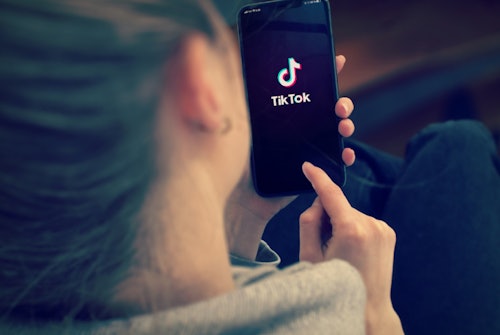
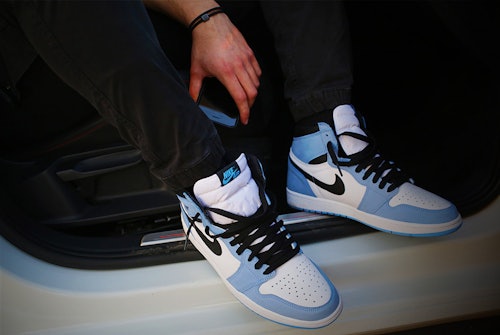
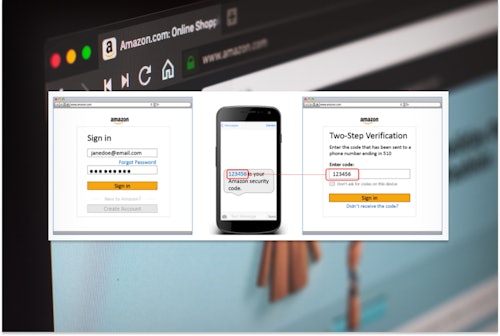


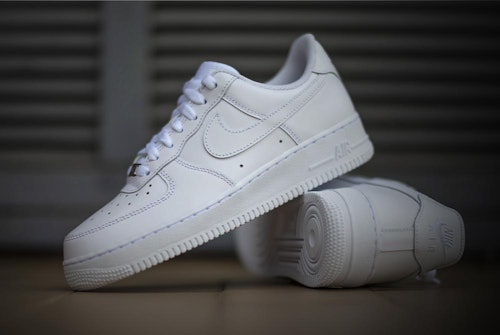


Comments